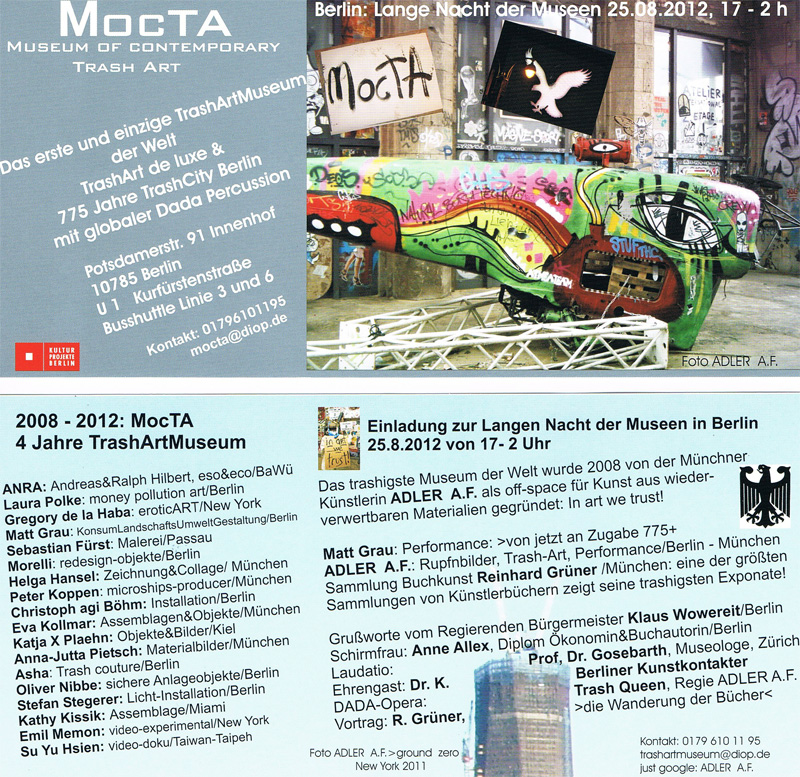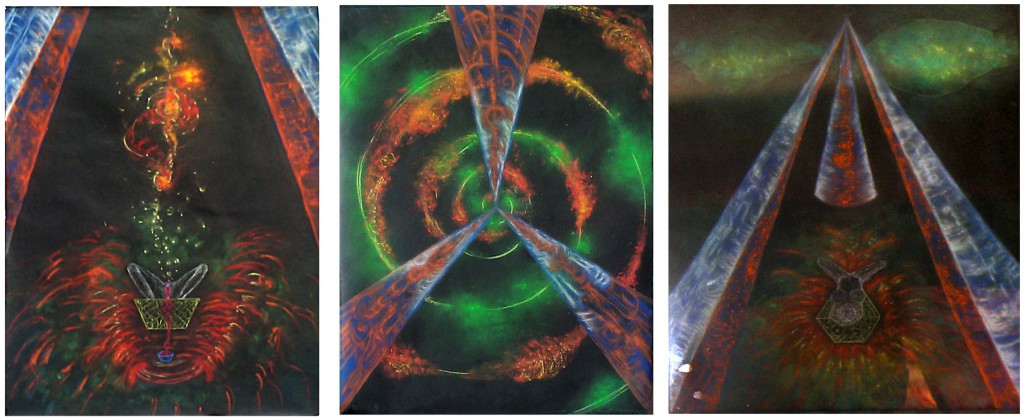Dreams (Akira Kurosawa’s Dreams, I Saw a Dream Like This, or Such Dreams I Have Dreamed)
#DreamWorld #nonukes #akirakurosawa #japan #atom #nuclear #nuclearpower
is a 1990 magical realism film based on actual dreams of the film’s director, Akira Kurosawa at different stages of his life. The film is more imagery than dialogue. The alternative titles („I Saw a Dream Like This“) are a translation of the opening line of Ten Nights of Dreams, by Natsume Sōseki, which begins: Konna yume wo mita (こんな夢を見た?).
Dream 6: Mount Fuji in Red
[youtube]K3QwmCFq_-Q[/youtube]
A large nuclear power plant near Mount Fuji has begun to melt down; its six reactors explode one by one. The breaches fill the sky with hellish red fumes and send millions of Japanese citizens fleeing in terror towards the ocean. After an unspecified amount of time, two men, a woman, and her two small children are seen alone, left behind on land in broad daylight. Behind them is the sea. The older man, who is dressed in a business suit, explains to the younger man that the rest have drowned themselves in the ocean. He then says that the several colours of the clouds billowing across the now rubbish-strewn, post-apocalyptic landscape signify different radioactive isotopes; according to him, red signifies plutonium-239, a tenth of a microgram of which is enough to cause cancer. He elaborates on how other released isotopes cause leukemia and birth defects before wondering at the foolish futility of colour-coding radioactive gases of such lethality.
The woman, hearing these descriptions, recoils in horror before angrily cursing those responsible and the pre-disaster assurances of safety they had given. The suited man then displays contrition, suggesting that he is in part responsible for the disaster. The other man, dressed casually, watches the multicoloured radioactive clouds advance upon them. When he turns back towards the others at the shore, he sees the woman weeping: the suit-clad man has leaped to his death. A cloud of red dust reaches them, causing the mother to shrink back in terror. The remaining man attempts to shield the mother and her children by using his jacket to feebly fan away the now-incessant radioactive billows.
http://en.wikipedia.org/wiki/Dreams_%281990_film%29


